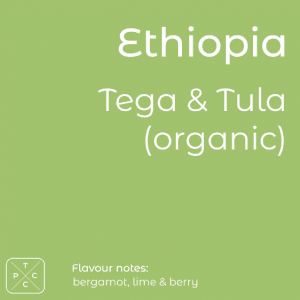
How are Coffee Beans Graded?
COFFEE
GRADES
Behind those great cups of joe you drink every morning are well-graded coffee beans. That’s why it’s good to pay special attention to the type used for your espresso or frappuccino, or whatever types of coffee you can’t help but consume.
While there’s no universal coffee-grading system, it helps to know how coffee beans are generally examined and graded. As there are different varieties of coffee beans, so are there several aspects as to how they are graded. For the most part, beans are examined based on the altitude from the growing region, the region itself, the manner of preparation, and the bean shapes and colours.
In general, there are five grades of coffee beans that indicate various imperfections. The three types of defects found in coffee beans include large stones, unripe beans, and shells. When coffee is sold, it usually gets a classification based on the number of defects it has, screen size it passes, and cup quality it produces.
Let’s take a look at the grading system for coffee beans.
This is assigned to speciality coffee beans that are said to have no inherent defects. The chances are that there’s no insect damage; if there’s quite a few in the batch, then they shouldn’t be more than three full defective qualities. Most affected beans have notably rough shapes and pale colours.
For instance, black beans in a batch of dark brown beans are indicative of defects. These beans should be sorted to meet the proper size and a certain degree of quality. The quality of coffee beans includes acidity, aroma, and taste.
GRADE 1
GRADE 2
This is assigned to premium coffee beans, which must meet the same criteria as the previous grade mentioned above.
The only difference is that these beans should not have more than a total of six defective qualities as compared to three defective qualities for speciality coffee beans.
This is usually assigned to exchange coffee beans.
The requirement is that they should be 50 per cent above the screening level and have a maximum of five quakers - the aspect that gives coffee its bitterness. Coffee beans with defects ranging from 7 to 13 are classified as grade 3.
GRADE 3
GRADE 4
Most standard coffee beans are typically assigned this grade.
Coffee beans with defects ranging from 24 to 84 are classified as grade 4.
This is the last grade of coffee beans and is assigned to those that have more than 86 full defects per batch.
Coffee connoisseurs largely find this grade undrinkable, although there are some people who do purchase it as the low quality is reflected in the price.
GRADE 5
FINAL WORDS
In most cases, the coffee grading system is important to the coffee suppliers and distributors in the UK. for the average person, it may have no major significance. Still, it pays to know such information.
Whether you have a subscription coffee online or buy coffee beans from certain suppliers, it’s good to know what the grading system entails so you can be sure of the quality of your coffee beans. After all, almost everyone loves to savor a cup of java!
In the mood for a proper cup coffee in London? Get in touch with Proper Coffee Co., where you’ll find delicious roasts the norm!




